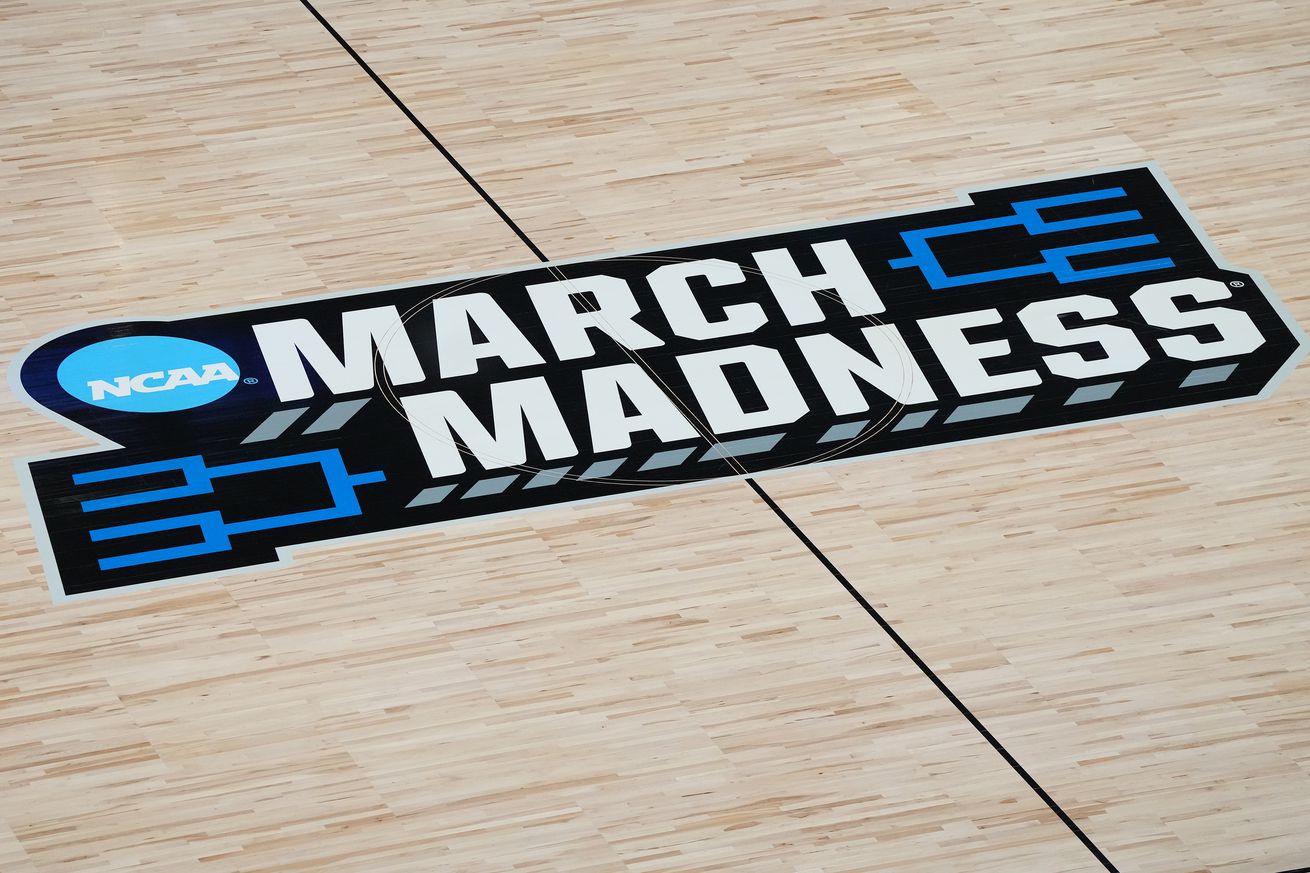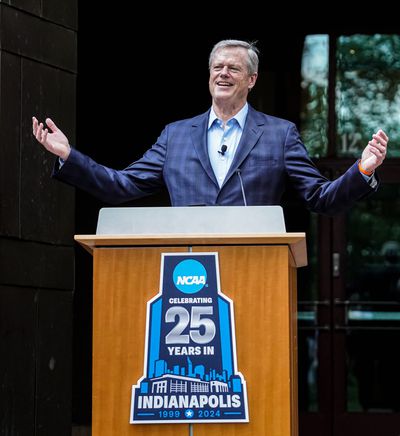
What you need to know about the most recent updates
As we head into 2025, there are plenty of talks of new beginnings, failures, and successes. Despite these conversations, the biggest story in college sports is still the House v. NCAA settlement involving the NCAA, the Power Five conferences, and plaintiff student-athletes.
So what does this case mean for NCAA sports as we know it? This piece will serve to explain the current state of the case, while a later ‘Part 2’ will serve to explain the potential impacts the ruling could have for Syracuse Orange athletics specifically.
The state of the case
In October, the big news in the case broke as it was announced that the parties had received preliminary judicial approval for the proposed settlement. Although this new settlement is not very different from the original settlement, there are a few differences. The basic list from the original settlement includes four key facets.
1 – A settlement of damages totaling just under $2.6 billion for former student-athletes dating back to 2017
2 – A new opt-in revenue-sharing model that will allow schools to share revenue directly with their athletes
3 – New NIL rules and laws, including:
A – Allowing schools to enter directly into NIL deals with students instead of using a third-party organization
B – Financial reporting requirements for schools and athletes
4 – Removal of NCAA’s rules governing roster sizes, including
A – Removing scholarship requirements
B – Allowing the NCAA to set new roster limitations
The most notable change outside of these pillars in the amended settlement is the revision of the definition of ‘Boosters,’ which is now understood to mean individuals but also Booster-run collectives. The new term is now ‘Associated Entities or Individuals,’ which allows for more clarification on what the NCAA can oversee. This new set of terms will give the NCAA greater bandwidth to collect data and understand where the sources of student-athlete income will be.
One of the key elements still up in the air is whether these student-athletes will be considered school employees. This determination will have a huge effect on whether student-athletes will be able to collectively unionize and bargain for better rights.
It is still widely unclear how this front of the situation will develop, but it seems unlikely that a ‘Players Association’ will develop as a result of this initial ruling.

Michelle Pemberton/IndyStar / USA TODAY NETWORK
What’s Next?
Around the end of December 2024, one of the updates that we were supposed to hear on was how much money each party would supposedly be allocated. It appears that at this moment in time, other delays and priorities in the case have resulted in this information still not being disclosed to the public.
Another important deadline is January 31, 2025. It is between now and this date that all athletes interested in taking part in the case will need to submit claims for pay in order to have a stake. Any athlete who competed in an NCAA D1 between 2016 and last year is eligible to join in the class-action lawsuit. It is currently unknown exactly how many parties have signed on.
Institutions that wish to opt into this new era of college athletics for 2025 will need to opt in by the first of March to be eligible. Institutions that opt-in will be eligible to receive money in exchange for following the rules and regulations such as those described above.
Finally, April 7, 2025 is when the key approval hearing will be held. This hearing will determine which bodies will see what portions of profits.
If everything goes to plan, schools should be able to start paying their player by this summer, specifically July 1, 2025.
The biggest hurdles in this effort for the student-athletes and the institutions over the coming months will be ensuring that enough people opt into the settlement, that the settlement is determined to be fair and reasonable, and, of course, that it actually goes through.
Should an agreement be reached, as most have already asserted, the landscape of college athletics will likely be altered forever.
Tomorrow we’ll look at how this might impact Syracuse.